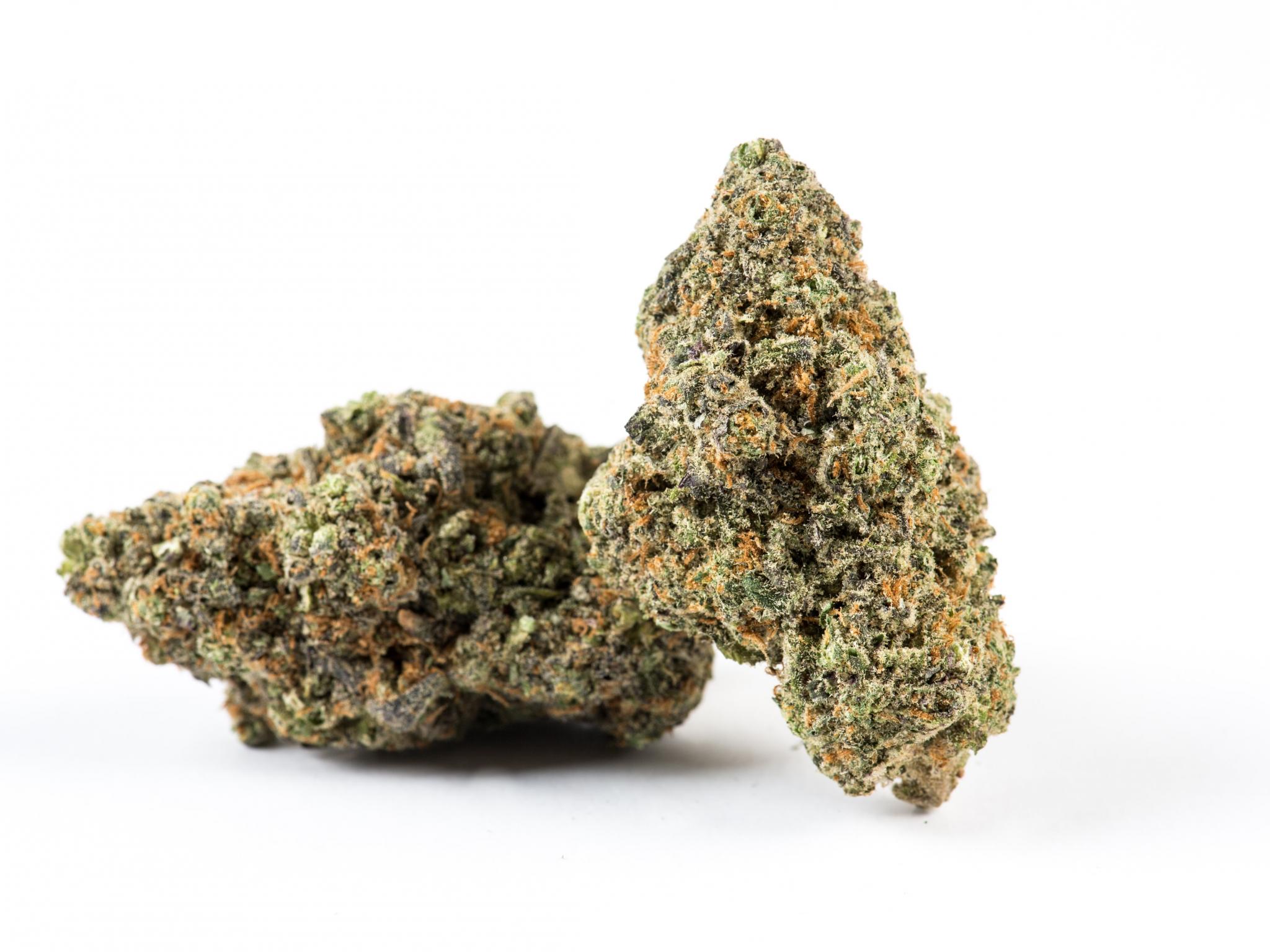
By Dr. Henry Mahncke
As a scientist focused on interventions to improve brain health, I find I am increasingly asked about the medical efficacy of cannabis products. I suppose that’s not surprising, since in recent years about three-quarters of the states in America have legalized some uses of marijuana (19 medical use states and 18 recreational use states). What is surprising, to me as a brain scientist, is how little we know from high-quality studies about the effect of cannabis products on brain health and mental health.
Much of the evidence we have does appear promising, especially in addressing chronic mental health issues such as anxiety, stress, and depression. It seems to make inherent sense that cannabis products could help in these areas, but that is not the same as having scientific proof of the consequences.
We currently live under a system with rapidly growing legalization at the state level, and what seems to be an enforcement truce around persistent federal illegality. However, one unintended consequence of that truce is that we still have very few gold-standard randomized controlled trials on the health effects of marijuana. That’s because university-based researchers, who advance most of our scientific research, have to jump through a lot of seemingly impossible hoops to get federal permission to conduct trials of cannabis products given the current state of the law.
Instead, researchers often have to rely on surveys of marijuana users about their usage of cannabis and the user’s perceived impact on mental health. Such self-reported observational results can be informative, but they lack the rigor of pharmaceutical-type testing that relies on precise dosing against placebos to arrive at safe and effective usage guidelines. What we need is an environment in which we can get to scientific answers, based on high quality randomized controlled trials.
From a developmental point of view, there are also reasonable concerns about the impact of marijuana use on younger brains. Different parts of the brain develop and mature at different ages. The last piece of the brain’s developmental process is typically in the frontal lobe, which is the seat of our planning, reasoning and decision-making abilities. That region matures in our early to mid-twenties. As with alcohol, it may make sense from a population health point of view to have some restrictions on consumptions that are age-related. The long-term impact on brain development certainly seems a bigger issue for a twelve year old than a thirty year old. However, we lack the studies to know the answer.
Non-pharmaceutical interventions, including talk therapy, physical exercise, diet, and brain exercise can have an impact on both brain health and mental health. We know that because researchers have been able to run large randomized controlled trials to discover the actual impact of those kinds of interventions.
While it appears that momentum is building to legalize marijuana at the federal level, one important step we could take now would be to ease the federal regulations that make it so difficult for researchers to run randomized controlled trials, so we could actually develop real answers to questions about the widespread health impact of marijuana use.
It’s time to unleash the science.
Dr. Mahncke got his PhD in Neuroscience at the University of California, San Francisco in the Merzenich Lab, which discovered the brain remains “plastic” – capable of chemical, structural and functional change – at any age. Then, at the request of his academic mentor, Dr. Mahncke led a global team in harnessing that plasticity through the computerized brain exercises found in the BrainHQ app, which is produced by Posit Science, where he is the CEO. BrainHQ can be found at brainhq.com.







